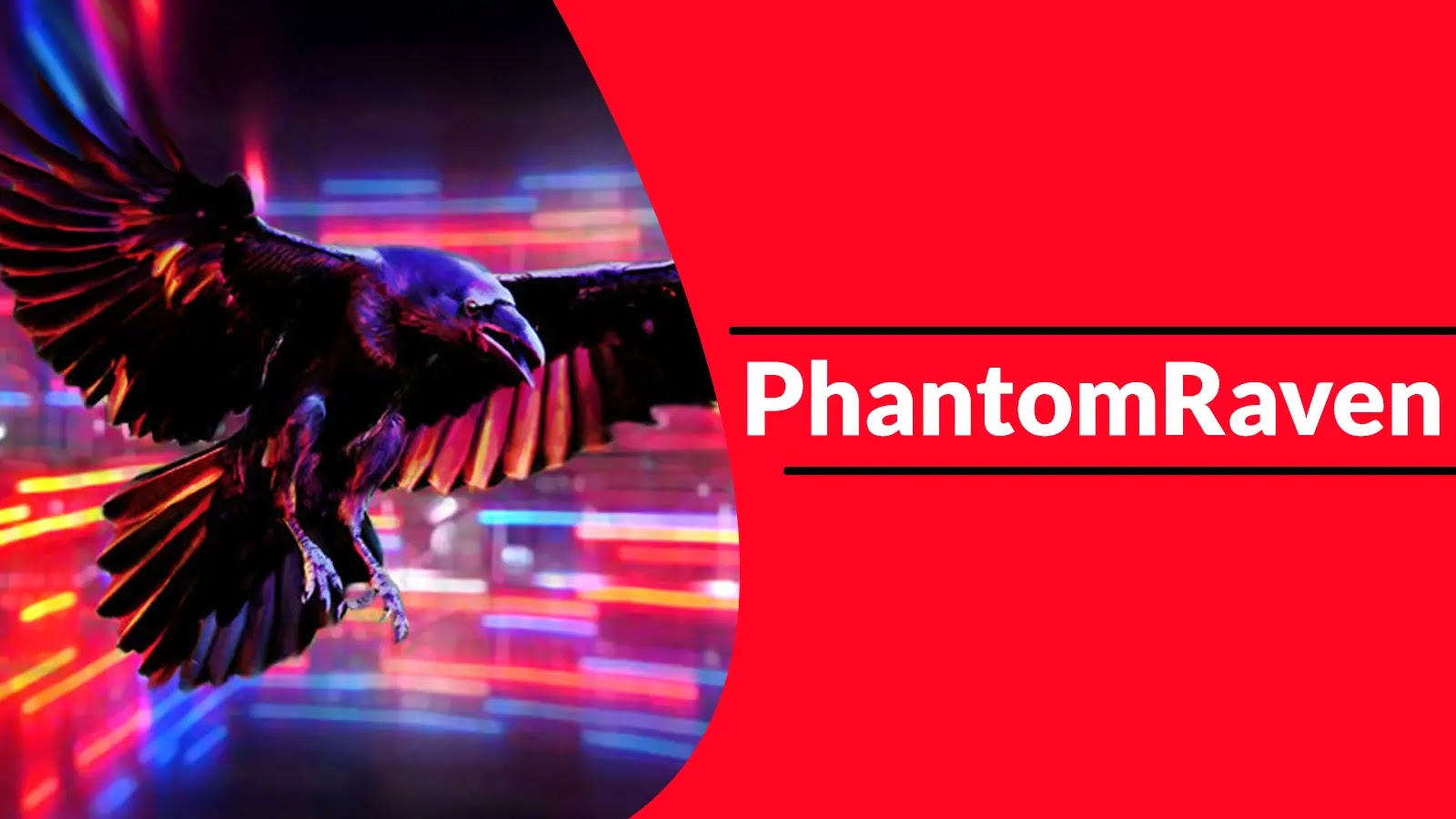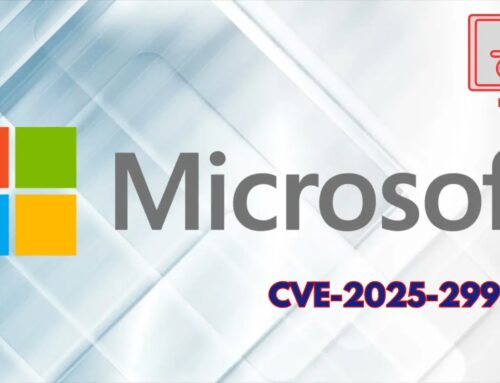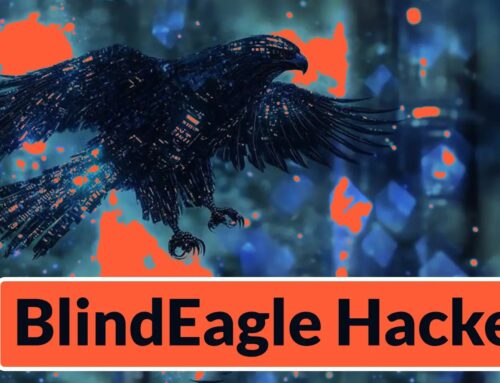
PhantomRaven Attack Involves 126 Malicious npm Packages with Over 86,000 Downloads Hiding Malicious Code
PhantomRaven: The npm Package Attack Stealthily Stealing Developer Secrets
The digital supply chain, a cornerstone of modern software development, is under constant threat. A recent, highly sophisticated malware campaign, dubbed PhantomRaven, has underscored this vulnerability by actively compromising developers’ critical credentials. Operating since August 2025, this attack has silently deployed 126 malicious npm packages, amassing over 86,000 downloads and exposing a significant weak point in software security.
Developers globally are at risk, with PhantomRaven specifically designed to harvest npm authentication tokens, GitHub credentials, and critical CI/CD pipeline secrets. This post delves into the intricacies of this ongoing threat, its evasion techniques, and the essential steps developers and organizations must take to protect themselves.
Understanding the PhantomRaven Threat
The PhantomRaven campaign represents a coordinated and advanced effort to infiltrate the software development ecosystem. By distributing malicious code disguised within legitimate-looking npm packages, the attackers gain a foothold in developer environments. The sheer volume of downloads—over 86,000 across 126 packages—highlights the scale of this operation and its potential impact on countless projects and organizations.
The primary objective of PhantomRaven is data exfiltration. Specifically, it targets:
- npm Authentication Tokens: These tokens grant access to a developer’s npm registry, allowing attackers to publish their own malicious packages or tamper with existing ones.
- GitHub Credentials: Compromised GitHub accounts can lead to source code theft, unauthorized commits, and the injection of malicious code into repositories.
- CI/CD Pipeline Secrets: Access to Continuous Integration/Continuous Deployment secrets can give attackers control over deployment processes, leading to supply chain attacks or operational disruption.
The attackers’ strategic choice ofnpm packages as an infection vector is particularly concerning. npm (Node Package Manager) is a vital component of the JavaScript ecosystem, widely used for dependency management. Malicious packages can easily propagate through development workflows, affecting downstream projects and potentially leading to widespread compromise.
Advanced Evasion Techniques Employed by PhantomRaven
A key characteristic of the PhantomRaven attack is its employment of advanced detection evasion techniques. While specific details on these methods were not fully disclosed in the initial report, such techniques commonly include:
- Obfuscation: Malicious code is often disguised or hidden within legitimate-looking functions or compressed formats, making it difficult for automated scanners to detect.
- Dynamic Loading: Instead of executing malicious payloads immediately, the malware might download additional components or scripts from external servers only after certain conditions are met, bypassing static analysis.
- Anti-Analysis Checks: Some malware includes checks for virtual environments, debuggers, or sandboxes, refusing to execute its malicious payload if such tools are detected.
- Time-Delayed Execution: The malicious code might be programmed to activate after a specific period or event, avoiding immediate detection during initial security scans.
- Mimicking Legitimate Packages: The malicious npm packages likely mimic popular or commonly used packages to trick developers into installing them inadvertently.
These sophisticated tactics underscore the challenge in combating such supply chain attacks and highlight the need for robust, multi-layered security strategies.
Remediation Actions for Developers and Organizations
Addressing the PhantomRaven threat requires a proactive and comprehensive approach. Developers and organizations must implement stringent security measures to protect their environments and prevent future compromises.
Immediate Actions:
- Audit npm Packages: Immediately review all installed npm packages in your projects. Look for unfamiliar or recently installed packages, especially those with low download counts or unusual maintainer information.
- Rotate Credentials: Urgently rotate all npm authentication tokens, GitHub personal access tokens, and any CI/CD pipeline secrets that may have been exposed. Assume compromise until proven otherwise.
- Scan Development Environments: Utilize endpoint detection and response (EDR) solutions and Static Application Security Testing (SAST) tools to scan your development machines and codebase for suspicious activity or malicious code.
Long-Term Security Enhancements:
- Implement Software Supply Chain Security Tools: Adopt tools that automatically scan and verify the integrity of open-source components during the development lifecycle.
- Use npm Audits Regularly: Make regular use of
npm auditto identify and address known vulnerabilities in your dependencies. - Principle of Least Privilege: Ensure that developers and CI/CD pipelines only have the minimum necessary permissions to perform their functions.
- Multi-Factor Authentication (MFA): Enforce MFA on all critical accounts, including npm, GitHub, and CI/CD platforms.
- Source Code Integrity Checks: Implement mechanisms to verify the integrity of committed code and prevent unauthorized modifications to repositories.
- Educate Developers: Regularly train developers on identifying phishing attempts, suspicious package names, and the importance of supply chain security best practices.
- Maintain Restricted npm Registries: For enterprise environments, consider using private npm registries and carefully vetting packages before allowing them to be used internally.
- Dependency Pinning: Pin specific versions of dependencies to prevent unexpected (and potentially malicious) updates.
Tools for Detection and Mitigation
Several tools can aid in detecting and mitigating threats like PhantomRaven:
| Tool Name | Purpose | Link |
|---|---|---|
npm audit |
Identifies known vulnerabilities in project dependencies. | https://docs.npmjs.com/cli/v9/commands/npm-audit |
| Snyk | SCA and SAST for detecting vulnerabilities in dependencies and code. | https://snyk.io |
| OWASP Dependency-Check | Identifies project dependencies and checks for known vulnerabilities. | https://owasp.org/www-project-dependency-check/ |
| GitHub Actions Security | Automated security scans within GitHub CI/CD workflows. | https://docs.github.com/en/actions/security-guides |
| Sonatype Nexus Lifecycle | Component analysis and policy enforcement for open-source dependencies. | https://www.sonatype.com/products/nexus-lifecycle |
Key Takeaways
The PhantomRaven attack serves as a stark reminder of the escalating risks within the software supply chain. Its sophisticated nature, targeting of critical developer credentials, and use of advanced evasion techniques necessitate an immediate and robust response from the cybersecurity community. Developers and organizations must prioritize software supply chain security, implementing proactive measures, regularly auditing dependencies, and fostering a security-first mindset. Only through continuous vigilance and the adoption of strong security practices can we effectively defend against such pervasive and damaging threats.





